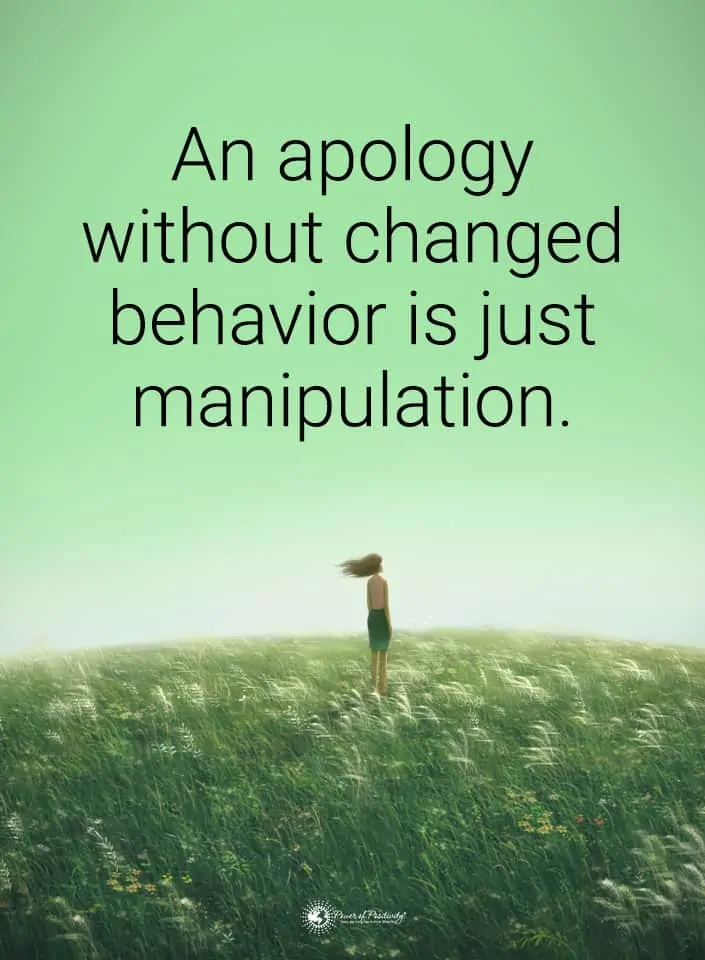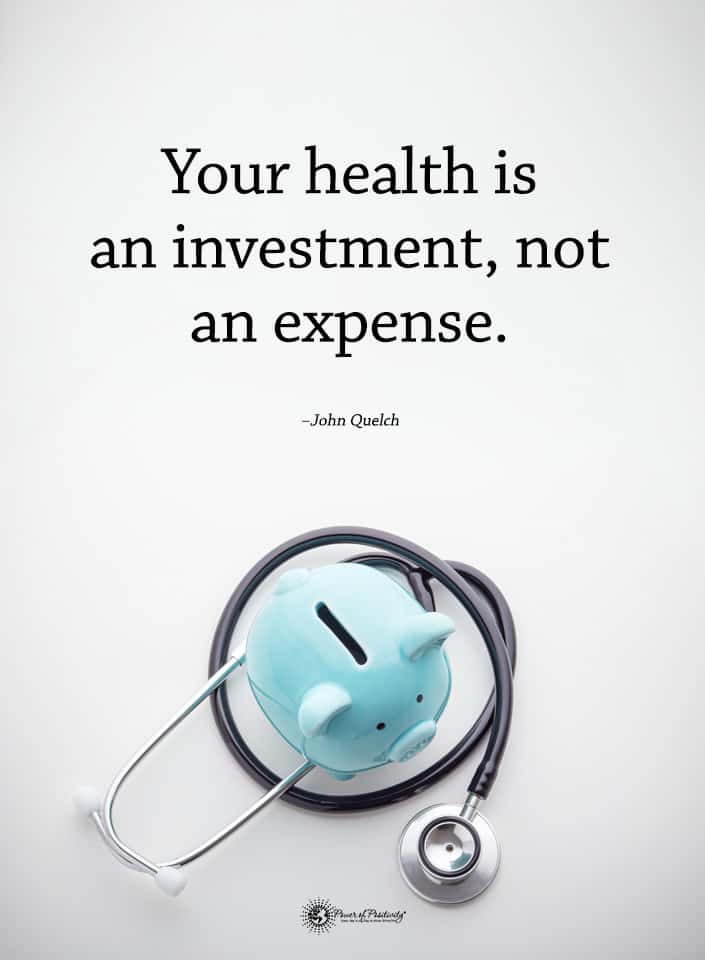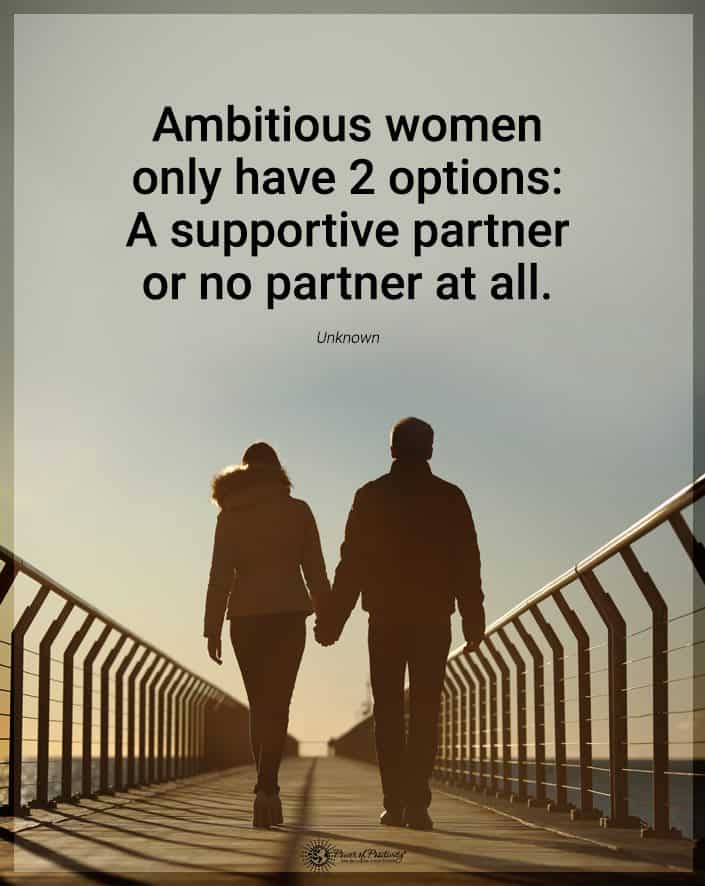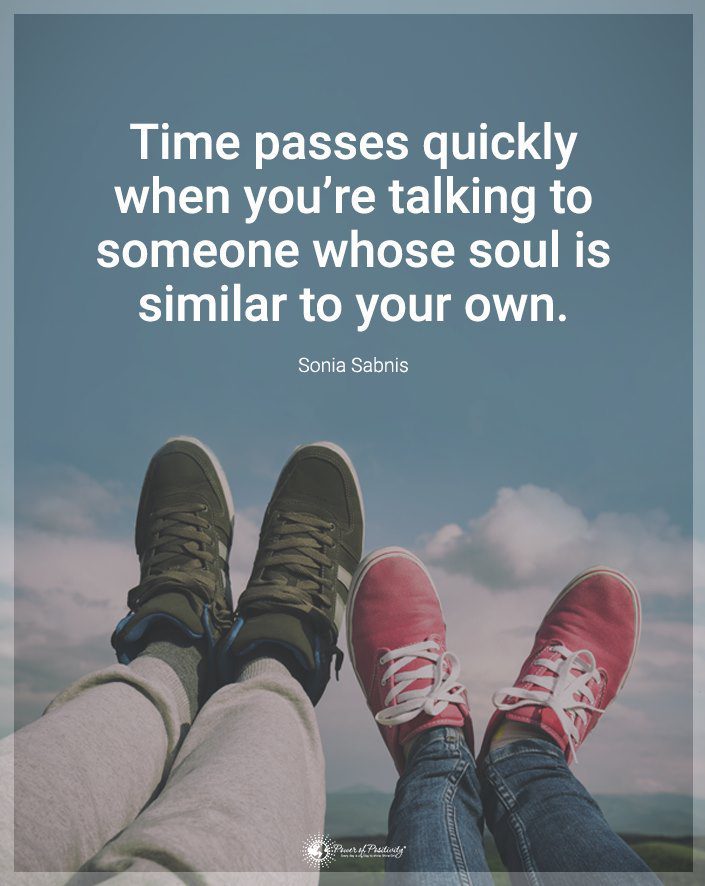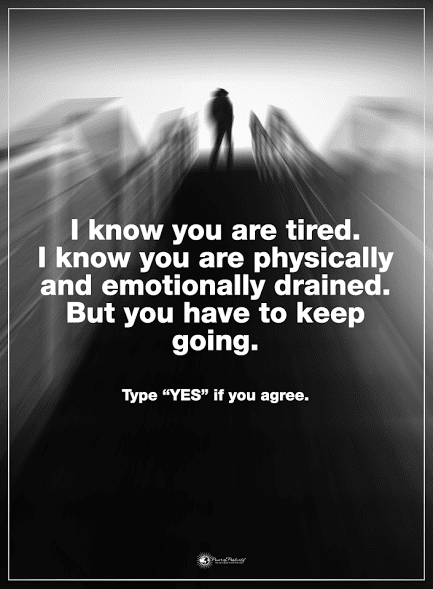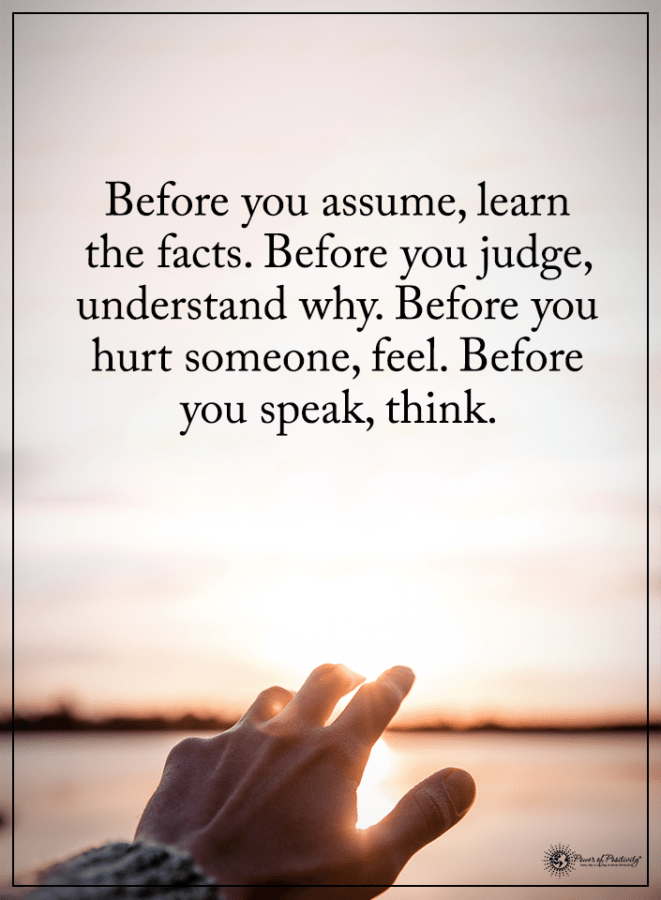No one wants to consider that their partner might feel drained of their emotional well-being. After all, relationships should be a source of emotional wealth and happiness.
But unfortunately, “People we love can sometimes drain us the most. Our mates may not be trying to do this, but life’s demands add up,” adds psychiatrist, intuitive healer, and author Judith Orloff MD. This feeling happens because relationships don’t always work out the way we had envisioned.
Do you find that you’re not feeling quite like yourself after spending time with your significant other? This drained feeling may be a sign that something’s amiss. Your relationship could entirely consume you without even knowing it. Being too wrapped up in your significant other can make it hard to examine whether or not the relationship is a healthy one. There are some tell-tale signs that your partner is a significant drain on your emotional energy, and that something has to give.
“If your relationship is one sided and one person is doing all the giving, don’t be surprised when the other gets emotionally drained and gives up.” – Unknown
Here Are 7 Signs You’re Being Emotionally Drained By Your Partner
1. You can’t stop thinking about your partner
This isn’t the same as that honeymoon stage, where all you want to do is spend time with your significant other. Instead, when you’re unable to function, and these thoughts consume you every waking moment is when the situation gets dire. You may wonder where they are or what they’re doing. Indeed, the answer you know causes you distress and an inability to think about anything else.
While this isn’t necessarily your partner’s fault, it may be a sign that you’re subconsciously unable to trust them.
2. You feel tired all the time
Using up too much emotion uses up our energies. This fatigue isn’t like the one you feel at the end of a hard day because that “kind of exhaustion can be remedied with a couple of nights’ worth of decent sleep,” says art director and herbalist-in-training Catherine Winter.
Giving too much to one person can leave us feeling drained and exhausted, especially when we’re not getting enough back.
Being with your partner shouldn’t leave you feeling like you’ve got all of the energy sucked. When you feel like that, you’re being emotionally drained. It could either be because of them, or you don’t know when to stop giving.
3. You’re eager to spend time alone
A lot of people understand that feeling of enjoying spending time by themselves. However, you may be facing an emotionally draining partner when you feel a sense of relief, euphoria, and excitement knowing that you will be spending some time away from them.
Relationship expert April Masini says, “If you’re all that excited to have a weekend alone, consider that the reason for your joy is that they’re draining you when they’re around. You should be happy to have a break, but not that happy.”
If you’re not missing your partner when they’re gone, it might be a sign you don’t want them around as much as you thought.
4. Your partner does not give you an emotional boost
One of the earliest signs of being in an emotionally draining relationship is whether or not you feel emotionally lifted when your partner is around. “Healthy relationships are supportive. Those in them don’t always agree on plans or next steps, but they hear each other out respectfully,” says psychotherapist and author Abby Rodman.
Therefore, if you feel happy, relaxed, and eager to spend time together, it’s a sign that your partner is doing their job emotionally. On the other hand, if you’re going through the motions and don’t feel much different than tired, this can mean that your partner is more draining than they are uplifting.
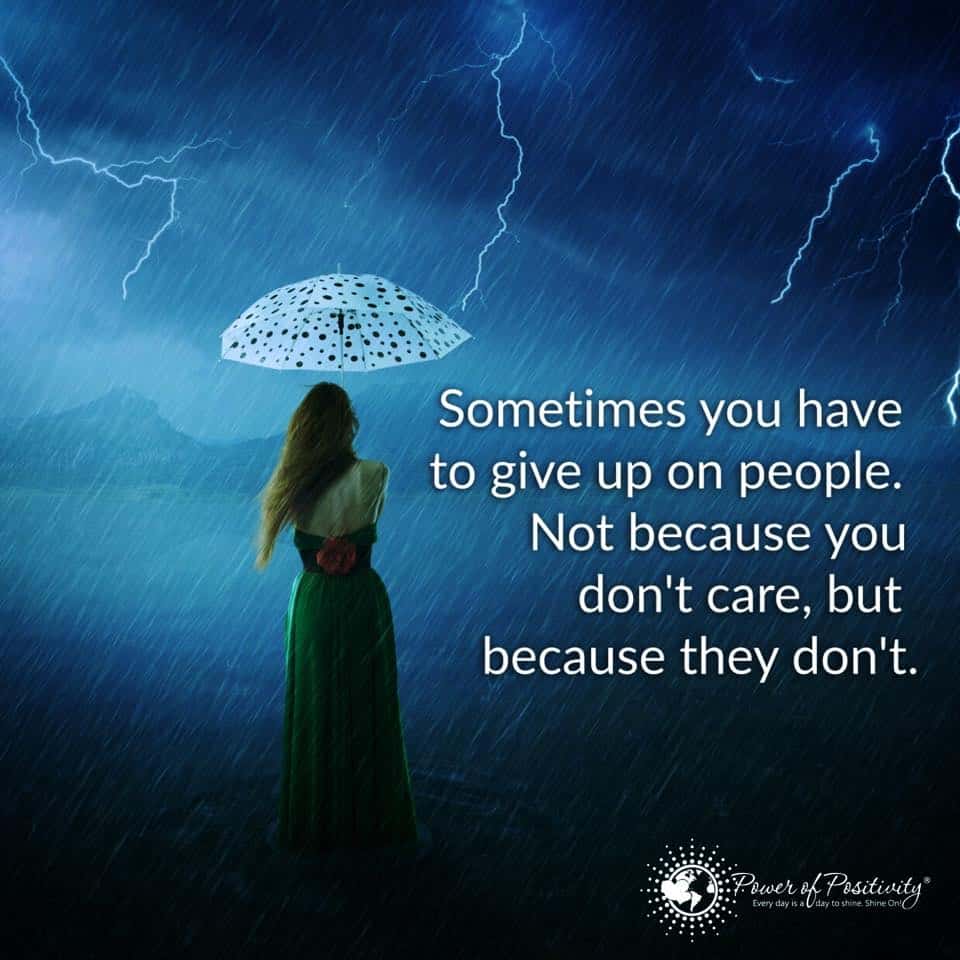
5. Your partner asks too much
This may not be your partner’s fault entirely, but rather how much you can emotionally handle. As Salama Marine, psychologist and online dating expert, explains, “It’s not about your partner’s behavior, but more about how you feel about it. Everybody has their limit.”
If you feel like your partner is asking more than you know that you can give when it comes to emotional support, it’s probably a sign that you don’t have enough in you. This can mean that you’re emotionally drained while your partner is emotionally starved. It can be a sign of incompatible partnership rather than deliberate malicious behavior by either partner.
6. You walk on eggshells
Suppose you ever hold your tongue in a conversation rather than share your opinion or let your partner win an argument because you would rather keep your feelings private than risk upsetting them. In that case, this is a red flag to an emotionally draining relationship. That feeling of walking on eggshells won’t just disappear if you ignore it long enough.
“A healthy, non-abusive relationship is built on support, admiration, empathy, balance, and personal responsibility. These elements add to a love built on a respectful mutuality,” adds Rodman.
Therefore, if your partner can’t handle your emotions the way you to handle theirs, it’s an imbalance in the relationship. In fact, that imbalance can cause an emotional drain.
7. Your partner does not meet your needs
You’re doing everything to meet your partner’s emotional needs But you often push aside your own needs–a definite sign of emotional drain. You’ll want to reconsider the relationship if it seems extremely one-sided, and you can’t get them to communicate. It isn’t fair for either partner if they aren’t getting the emotional support they need.

Final thoughts on an emotionally drained partner
Relationships are all about partnership, communication, and compromise. Emotionally draining relationships don’t always have a specific finger to point when it comes to who’s to blame. It can be two partners with incompatible emotional scales and needs or one partner needing more emotional support than their significant other can provide.
Reaching out for a support network for both partners can help balance the emotional labor and keep the relationship balanced and healthy. Other times, the relationship is simply incompatible, and both partners are better off without each other. Whatever the choice, knowing the signs of emotional drain can help both partners make the right decision.

